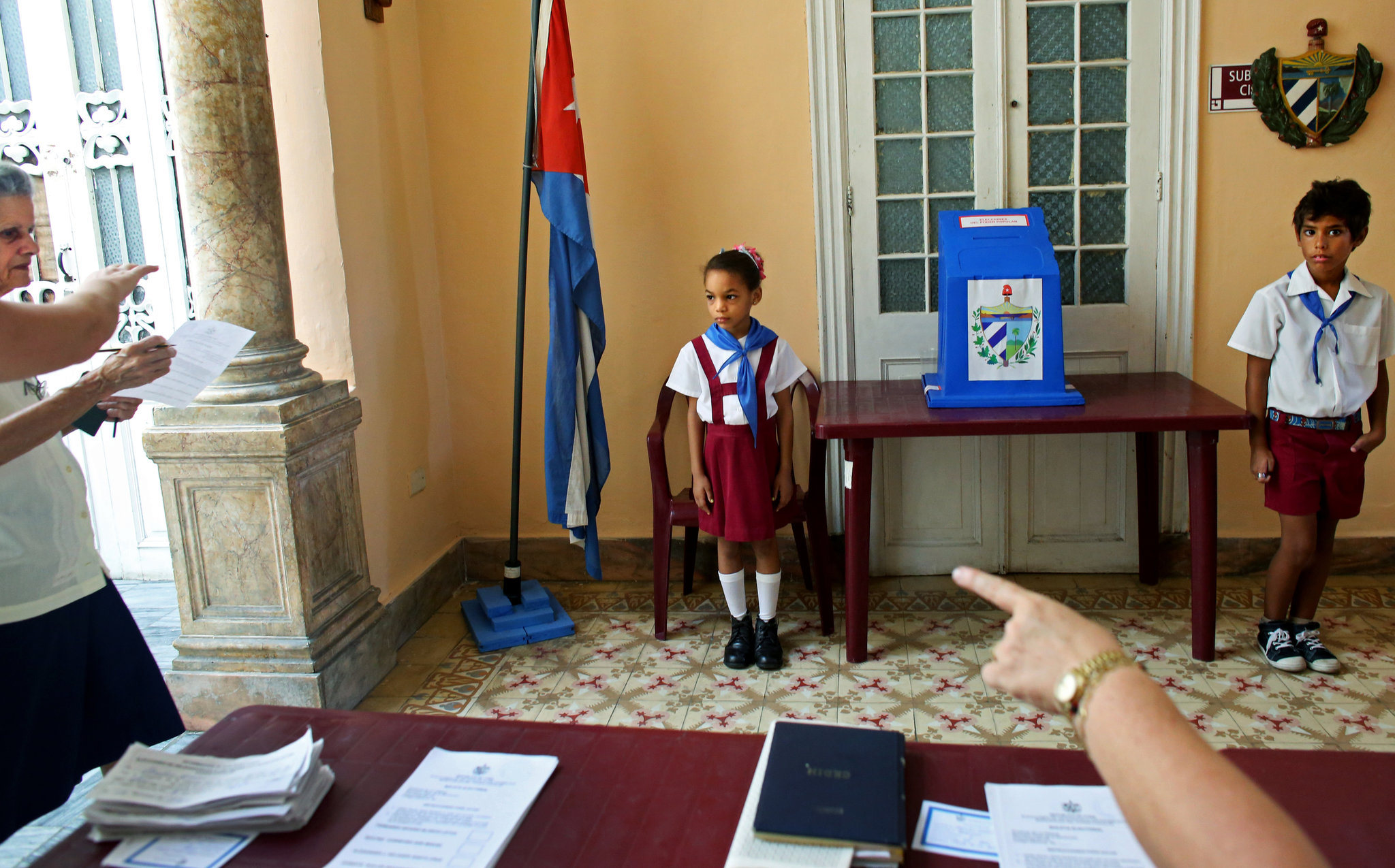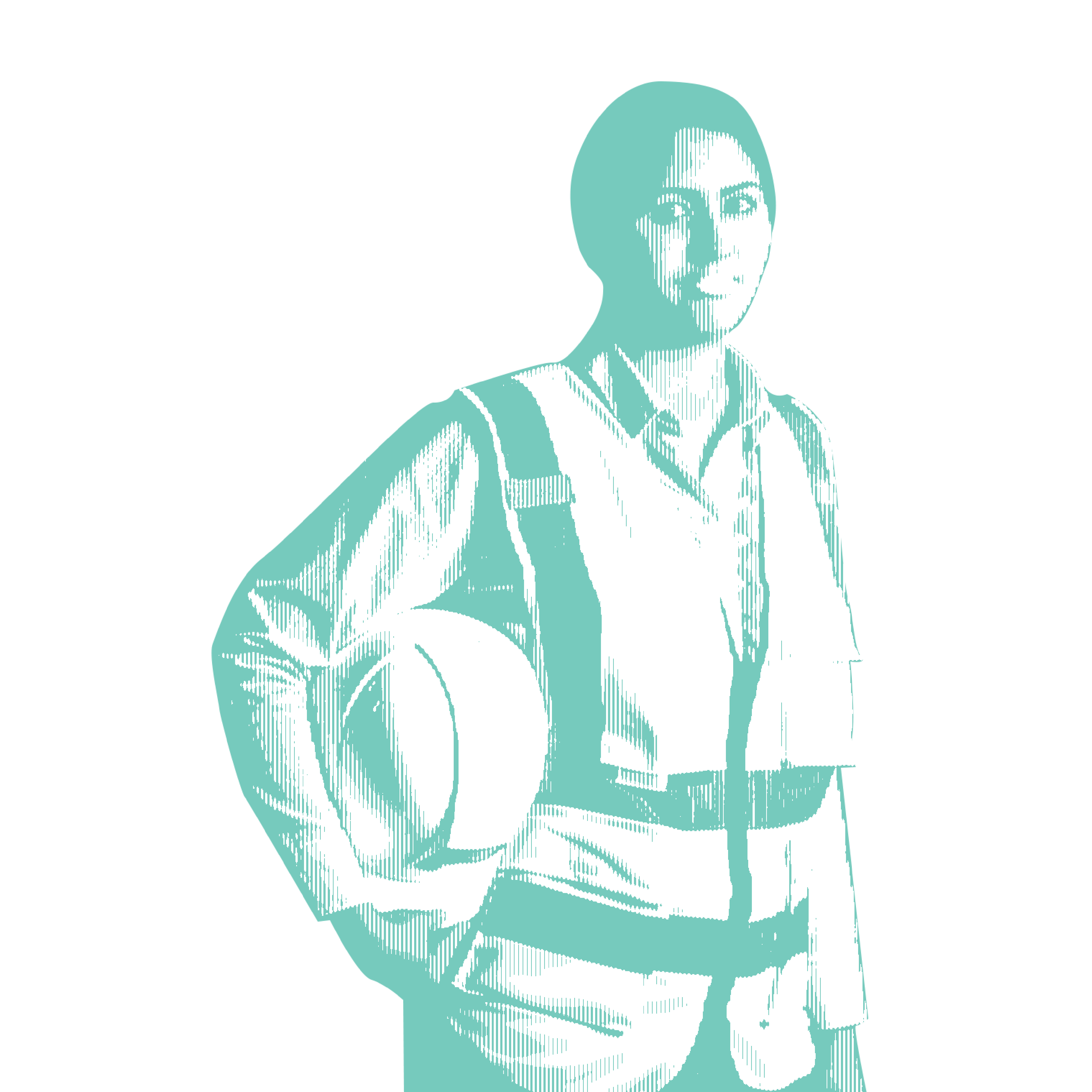
CUBA'S CREAKY COMMUNISM
Growing up in communist Bulgaria and returning to document her native land's not-entirely-successful transition to free market capitalism has given Pulitzer Center grantee Yana Paskova a unique perspective on the recent warming of U.S.-Cuban relations, marked last week by the ceremonial raising of the American flag above the reopened embassy in Havana.
"During my visit, I observed life in Cuba as only a native of the Soviet Bloc could—struck by the decorum of Communism, the appearance of choice that belied government involvement in nearly every aspect of daily routine," Yana writes in the introduction to her photo essay for The New York Times.
"Cubans can vote, although limited to one-party delegates in a unicameral parliament. Some private entrepreneurship is allowed, but restricted by a lack of advertising and steep taxes on business expansion. Artists toe the line of self-expression, knowing that if they cross it with a non-sanitized view of the country, they risk losing support from state-run galleries. Rallies, voting, and party activity from youth to old age are not mandatory, but reason for social and professional ostracism if they are omitted."
COMING AROUND IN TEHRAN
Meanwhile, Pulitzer Center grantee Reese Erlich has been sampling the public mood in another capital that is slowly coming around to the idea of improved relations with the United States. Writing from Tehran, Reese reports that while most ordinary Iranians seem to support the new nuclear accord with the U.S., hardline opponents in the Islamic Republic "present a mirror image of American conservatives' objections to the accord."
"Conservative Iranians fear the US will use any excuse to continue sanctions," writes Reese in this piece for Vice News. Chatting with shoppers and merchants in Tehran's famous bazaar, Reese found a widespread perception that sanctions hurt the middle classes and the poor much more than the intended target, Iran's leadership. "Sanctions accelerated corruption in the country," one economist told him. "I call the sanctions a gift by the government of the [United States] to Iranian authorities."
While opponents of the deal in the U.S. and Israel fear that Iran will use its unfrozen assets to fund terrorism, Reese spoke with officials who questioned how much of the frozen assets can actually be repatriated. In a dispatch for Foreign Policy, Reese reports that "Iran's Central Bank estimates about $130 billion is frozen abroad, but only about $29 billion can be returned to Iran. The rest must remain outside the country to pay for equipment and services already contracted."
THE YAZIDIS, ONE YEAR LATER
A year ago, the world watched aghast as ISIS radicals rampaged through Yazidi towns and villages in northern Iraq, killing the men and rounding up young women to serve as sex slaves. Pulitzer Center grantee Emily Feldman, who chronicled the atrocities from the beginning, recently returned to the scene of the crimes.
"The radicals are still a threat in the region, occupying cities and towns just an hour's drive from many of the camps housing Yazidi survivors," she writes in her dispatch for Mashable. "The bulk settled around the picturesque city of Duhok, which is about 100 miles northeast of their now-blighted villages in Sinjar. Located in the Kurdish region of Iraq, which has seen more stability than the rest of the country, Duhok has been a magnet for displaced people and even refugees from neighboring Syria."
The Yazidis, a religious minority that has lived in the mountains of northern Iraq since at least the 12th century, are among the many suffering at the hands of ISIS. "The governorate of Duhok is supporting more than 800,000 internally displaced people and Syrian refugees on top of its own population," notes Emily. "There is now just one doctor for every 2,500 people there, according to the Kurdish Regional Government's health ministry. Qualified mental healthcare workers are even harder to come by."
Until next week,
Tom Hundley
Senior Editor









